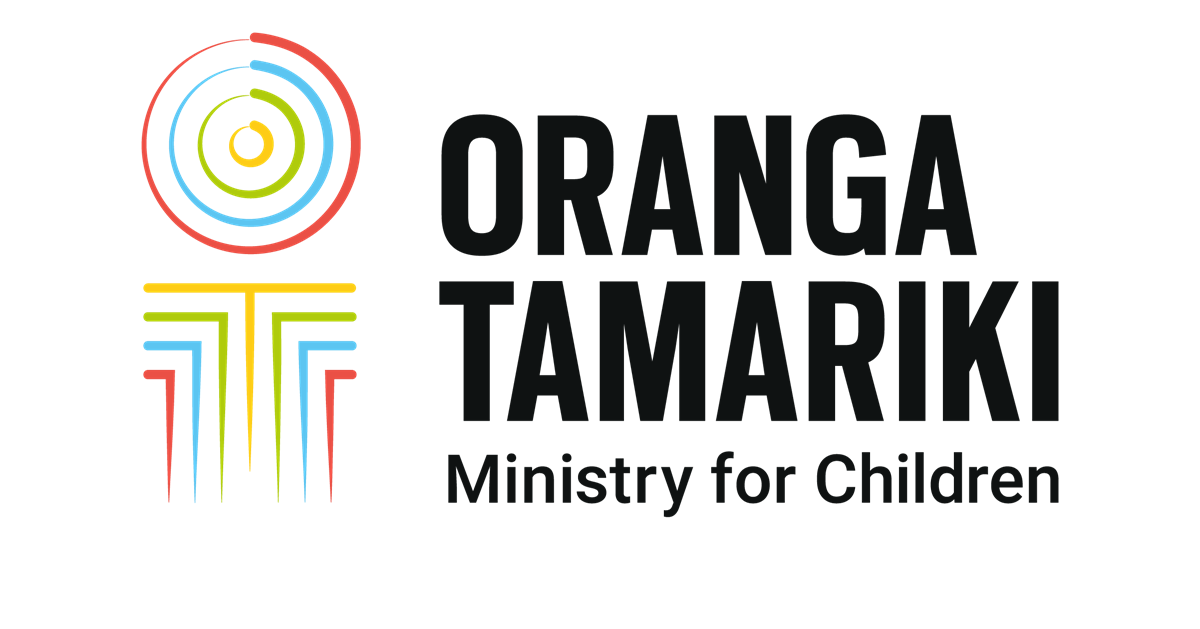Overview
This report aligns with our new direction, specifically the shifts in how we will work, and the impacts that will guide our mahi towards our vision of tamariki being safe, loved and nurtured by whānau, hapū and iwi, and supported by thriving communities.
We want Māori and community groups, including our partners and providers, to lead the way with tamariki and whānau in their regions and communities. This quarterly performance report highlights key mahi across Oranga Tamariki supporting this change, as well as providing an update on our financial situation and performance measures.
Download the March 2023 Quarterly Report
Who we are working with
Care and protection statistics
Tamariki and rangatahi we have worked with during the 12 months to 31 Maehe 2023:
- 69,500 reports of concern involving 51,600 individual tamariki and rangatahi.
- 37,800 assessments or investigations carried involving 31,400 individual tamariki and rangatahi.
- 6,550 family group conferences held involving 4,700 individual tamariki and rangatahi.
- 780 entries to care involving 760 individual tamariki and rangatahi.
- 1150 exits from care involving 1,100 individual tamariki and rangatahi.
Who we’re working with
Tamariki and rangatahi in care as at 31 Maehe 2023:
- 4400 tamariki and rangatahi are currently in the Care and Protection custody of the Chief Executive.
- Gender:
- 45% Female.
- 54% Male.
- 1% Another Gender.
- Ethnicity:
- 57% Māori.
- 11% Māori and Pacific.
- 6% Pacific.
- 26% NZ Euro & Other.
- Age:
- 4% 0–1 years.
- 17% 2–5 years.
- 23% 6–9 years.
- 28% 10–13 years.
- 29% 14+ years.
The overall percentages may not always add to 100% due to rounding. For consistency with the percentages, the numbers presented have been presented as rounded. Care numbers (including entries and exits to care) do not include warrants (sections 39, 40, 42, and 48 of the Oranga Tamariki Act 1989) as they are generally shorter than 5 days.
Youth Justice statistics
Rangatahi we have worked with during the 12 months to 31 Maehe 2023:
- 4300 family group conferences held involving 2000 individual young people.
- 1030 entries to custody involving 570 individual rangatahi.
- 960 exits from custody involving 560 individual rangatahi.
Who we're working with
Rangatahi in custody as at 31 Maehe 2023:
- 180 rangatahi are currently in the Youth Justice custody of the Chief Executive.
- 21 Supervision with Residence.
- 154 Custodial Remand/other.
- Gender:
- 7% Female
- 93% Male
- Ethnicity:
- 68% Māori
- 11% Māori and Pacific
- 8% Pacific
- 13% NZ Euro & Other
- Age:
- 45% 10-13 years.
- 17% 14 years.
- 25% 15 years.
- 26% 16 years.
- 27% 17+ years.
Additional rangatahi we are working with who are not in custody as at 31 Maehe 2023:
- 370 additional rangatahi Oranga Tamariki is working with:
- 50 Supervision.
- 10 Supervision with Activity.
- 310 Monitored Family Group Conference Plan.
- ·Gender:
- 17% Female.
- 81% Male.
- 2% Other gender or Unknown.
- Ethnicity:
- 60% Māori.
- 9% Māori and Pacific.
- 7% Pacific.
- 24% NZ Euro & Other.
- Age:
- 4% 10-13 years.
- 14% 14 years.
- 23% 15 years.
- 24% 16 years.
- 34% 17+ years.
The overall percentages may not add to 100% due to rounding. For consistency with the percentages, the numbers presented have been presented as rounded. The number of 'additional rangatahi we are working with' and 'Youth Justice custody' as well as the breakdowns of these figures are all rounded so may not add up to the same number.
Transitional statistics
Rangatahi we have worked with during the 12 months to 31 Maehe 2023:
- 1779 rangatahi were eligible to remain with or return to their caregiver, of which 66 (4%) rangatahi used this service.
- 154 supported accommodation placements were available.
Who we're working with:
- 917 rangatahi (61% of those eligible) were referred to a Transition Worker.
- 598 additional rangatahi who were referred to a Transition Worker.
- A total of 1515 rangatahi with a Transition Worker as counted by the providers of this service.
Of those referred:
- Gender:
- 42% Female.
- 57% Male.
- 1% Other gender or Unknown.
- Ethnicity:
- 56% Māori.
- 10% Māori and Pacific.
- 6% Pacific.
- 28% NZ Euro & Other.
- Age:
- 3% 15 years.
- 11% 16 years.
- 19% 17 years.
- 25% 18 years.
- 43% 19+ years.
The overall percentages of demographic breakdowns may not always add to 100% due to rounding. For consistency with the percentages, the numbers have been presented as rounded.
To understand more about the tāngata we are working with, explanations of the terms used above and in the quarterly report can be found below:
Workforce trends for our kaimahi
As at 31 Maehe 2023:
- there was the equivalent of 4609 full-time kaimahi employed by Oranga Tamariki, made up of 4727 (headcount) permanent and fixed-term kaimahi. Headcount reflects the number of kaimahi at Oranga Tamariki while the full-time equivalent refers to the number of full-time hours worked at Oranga Tamariki.
- staff unplanned turnover rate was 16.4%; 0.9% points lower than all public service benchmark as of 31 March 2023 (17.3%).
Financial update
The Oranga Tamariki year-to-date expenditure is on track with expectations.
- Oranga Tamariki had spent $1042M as at 31 March 2023 of the total $1381M budget for 2022/23 that was allocated for our appropriations.
Appropriation measures summary
Our appropriation measures are outlined in Vote Oranga Tamariki Oranga Tamariki - Supplementary Estimates of Appropriations 2022/23 - Budget 2023. They help demonstrate effectiveness of the activities we receive funding to invest in and deliver.
Oranga Tamariki has 28 (out of 37) appropriation measures that are reportable this quarter.
Of the 37 measures as at quarter 3:
- 19 are on track to meet or exceed standards
- 9 are not on track to meet standards
- 9 are not reportable because data is out of sync for the quarter or they are only reported at year-end.
Published: February 22, 2024

